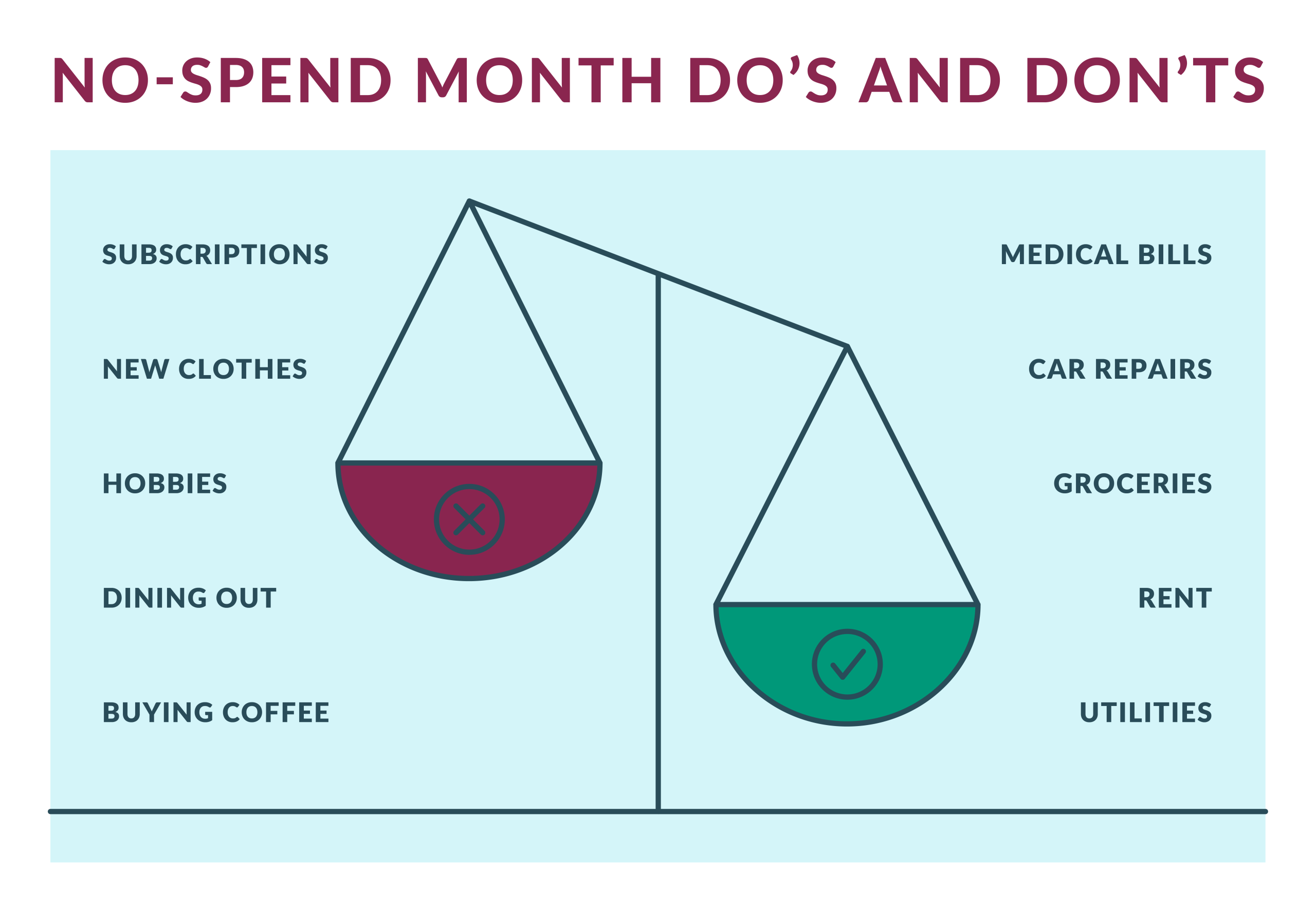Anúncios
Amid unexpected expenses or projects that require additional financial support, many people turn to personal loans as a viable solution.
However, for those who have never gone through this process, it may seem intimidating or confusing to know where to start.
From choosing the right type of loan to submitting the necessary documentation, it’s important to know how to apply for a personal loan.
Therefore, follow along with this article to learn how to apply for a personal loan with the correct steps and get your credit approved.
Step-by-Step: How to Apply for a Personal Loan
To understand how to apply for a personal loan, you need to keep in mind the main steps you should take to get your money more simply.
Check out the steps to apply for a personal loan.
Check Your Credit History
Before starting the application process for a personal loan, it is essential to check your credit history.
Credit history is a detailed record of your past financial transactions, including previous loans, bill payments, credit card balances, and any other credit-related activity.
To do this, you should obtain copies of your credit reports from agencies such as Equifax, Experian, and TransUnion.
These copies can be requested for free once a year through the official website of each company.
Additionally, it’s important to assess your credit score. Many lenders use your credit score as a key factor when deciding whether to approve or deny your loan application.
Review Your Finances
After checking your credit history, the next step in applying for a personal loan is to review your finances.
This involves a detailed assessment of your current financial situation, including your income, monthly expenses, existing debts, and repayment capacity.
Start by examining your monthly income, identifying all sources of revenue, such as wages, investment earnings, or any other income.
Next, list all your monthly expenses, including housing, transportation, food, utility bills, insurance, and other fixed and variable expenses.
It’s crucial to compare your total income with your total expenses to determine your repayment capacity.
Additionally, take into account your existing debts. This includes loans, vehicle financing, credit card balances, and other financial obligations.
Evaluate the total amount of debt, the associated interest rates, and monthly payments.
Once you have a clear understanding of your financial situation, you will be better equipped to determine the loan amount you need and which terms are most suitable for your needs.
Search and Compare Offers
After reviewing your finances and determining your loan needs, the next step is to search and compare different offers available in the market.
This involves carefully researching and analyzing the options offered by various lenders in order to find the offer that best suits your financial circumstances and goals.
Start by researching the types of personal loans available and the financial institutions that offer them.
When comparing different loan offers, make sure to read the fine print and carefully consider how each option aligns with your financial needs and goals.
Read All Terms and Conditions
Before proceeding with a personal loan application, it is crucial to read and fully understand all the terms and conditions associated with the loan.
While it might be tempting to skip this step and simply agree to the terms presented, a lack of understanding of the details can lead to undesirable financial consequences in the future.
Understand the interest rate applied to your loan. Check whether it is a fixed or variable rate and how it may affect the total amount of your loan over time.
Also, look at all the fees and additional charges associated with the loan, such as origination fees, processing fees, late fees, or penalties for early payment.
Verify that you meet all the eligibility requirements for the loan, including minimum age, minimum income, credit history, and any other specific criteria set by the lender.
Also be aware of any special clauses or additional conditions included in the loan terms.
Finally, understand your rights and responsibilities as a borrower. Including your obligations to make timely payments, maintain communication with the lender, and comply with all conditions of the contract.
By reading and fully understanding all the terms and conditions of the loan, you will be better prepared to make an informed decision and take on a financial commitment.
If there is any part of the terms that is not clear to you, do not hesitate to contact the lender for further clarification before proceeding with the loan application.
Get Pre-Qualified
After reviewing your finances, comparing offers, and understanding the terms and conditions of the loan, the next important step is to undergo pre-qualification.
This process involves submitting a preliminary request to the lender to assess your chances of being approved for the desired loan, without negatively affecting your credit score.
During pre-qualification, you will provide basic information about your financial situation, such as income, employment, credit history, and any existing debts.
Based on this information, the lender will conduct a preliminary assessment to determine if you meet the minimum criteria for the loan.
Pre-qualification can be performed in various ways, depending on the lender.
Some financial institutions offer online pre-qualification forms on their websites, where you can enter your information and receive an instant response about your eligibility.
Other lenders may require you to contact them by phone or visit a branch to start the process.
It is important to understand that pre-qualification does not guarantee final approval of the loan, nor does it bind you to any commitment.
However, it provides an initial indication of your chances of being approved and can help you make more informed decisions about the next step to take.
If you are pre-qualified for the loan, the lender may provide additional details about the loan terms, including the interest rate, loan amount, and repayment term.
With this information in hand, you will be able to assess whether the loan meets your needs and make a final decision on whether to proceed with the application.
Apply for Your Personal Loan
In the journey of how to apply for a personal loan, the next step is to apply for your personal loan.
This is when you formalize your intention to obtain the loan with the chosen lender.
To apply for the personal loan, follow these steps:
- Gather necessary documents.
- Fill out the application form.
- Choose the loan amount and repayment term.
- Wait for credit evaluation and approval.
- Review the final terms.
- Sign the contract.
- Receive the funds.
When applying for a personal loan, it is important to be aware of your responsibilities as a borrower and ensure that you can meet the terms of the contract.
Make sure to make timely and complete repayments of the loan as agreed to avoid any negative financial consequences.
With these tips on how to apply for a personal loan, you can get your money more simply. Follow the site for more incredible tips.






